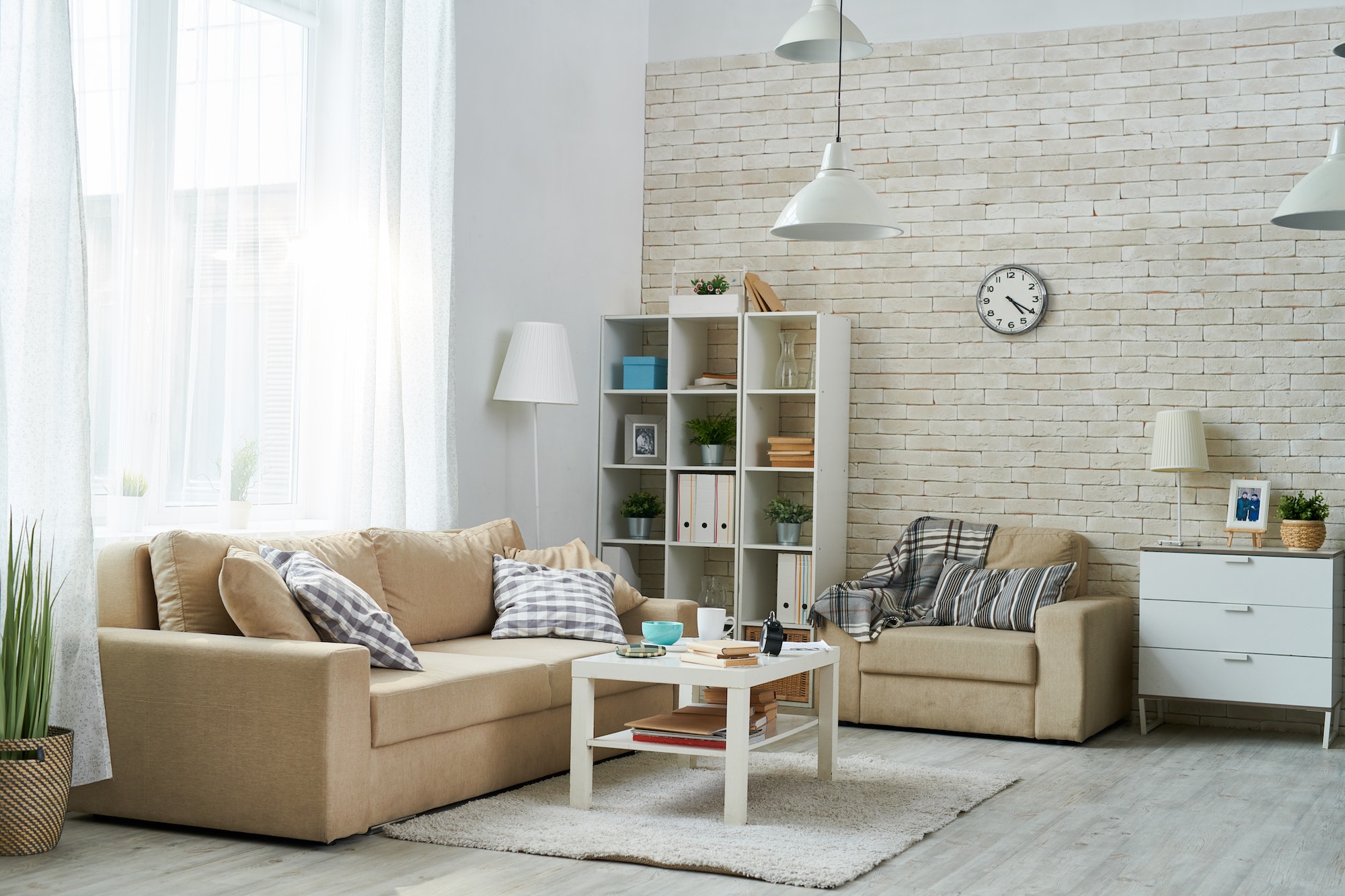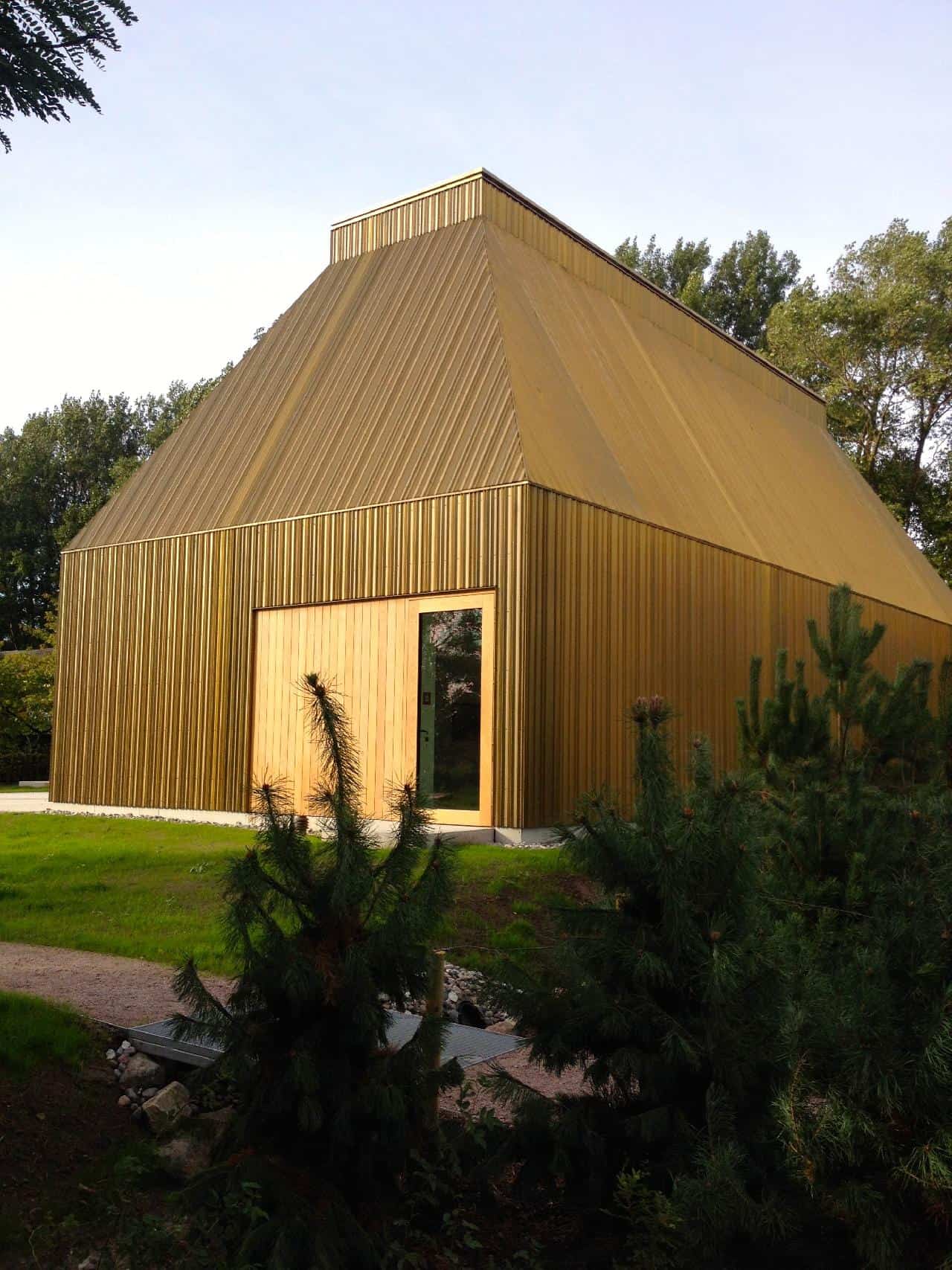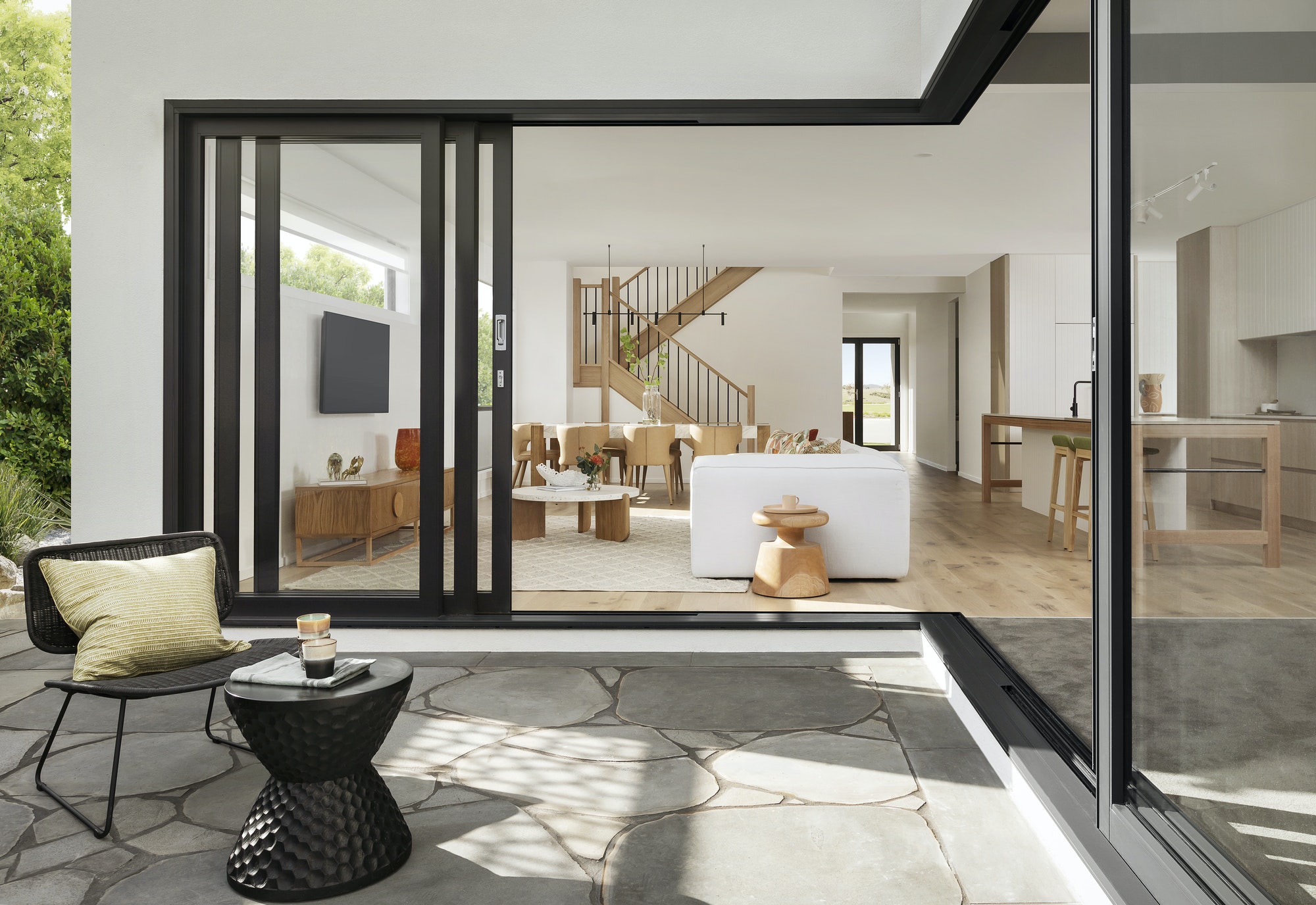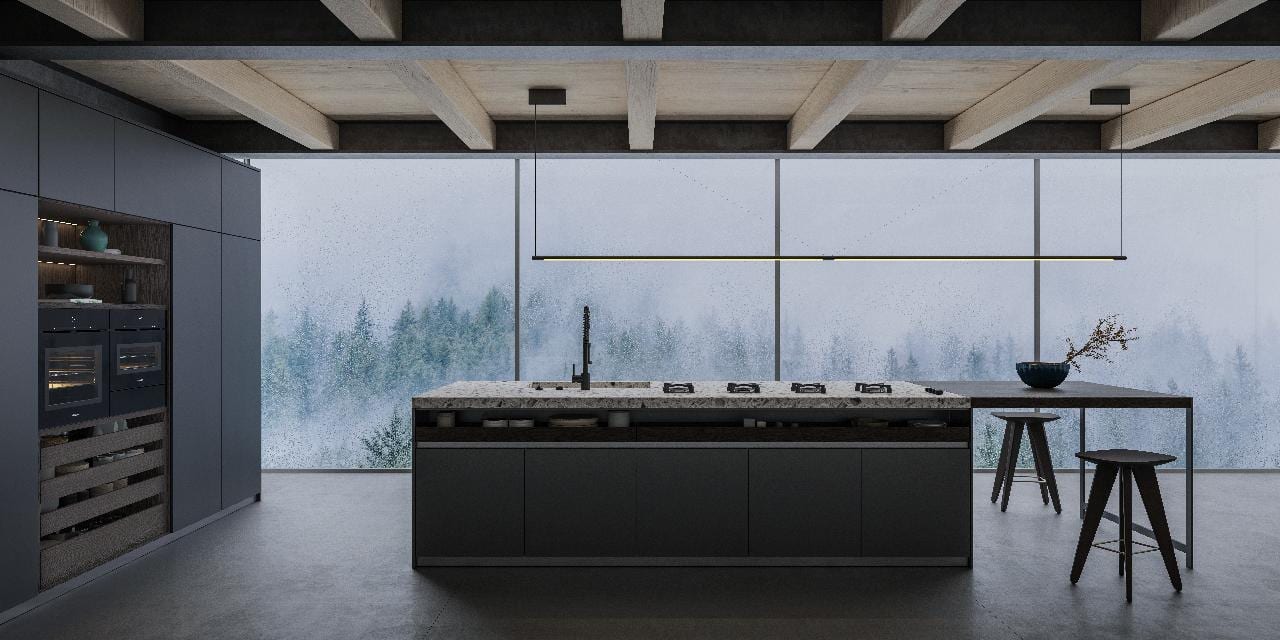The human mind and body are intertwined and susceptible to various influences, including your living environment. A clutter-free, attractive home environment might foster a stronger sense of well-being than one that is frantic and chaotic. Your mental health can be impacted by anything, even the color of your walls and furnishings. According to studies, color can affect a person’s state of mind, attitude, and even brain function. Here are some examples of how you can change your life by making a negative atmosphere positive and supportive of your goals.
Additionally, by making these adjustments, you can set up a setting that will make it easier for you to accept online counseling or other virtual health services. Make small improvements to your home environment that could potentially have a positive impact on your health and well-being to set yourself up for success.
The Interior Design Of a Room Can Affect Your Mood
We’ve all experienced leaving work after a difficult day. Perhaps stress at work caused you to feel anxious. Or perhaps you fought with a member of your family. Our instincts encourage us to return home after being shocked or upset. Unwind. Recharge. Lick your injuries. When we require psychological or social safety, we withdraw to our personal areas. The private spaces in our house served as the backdrop for many of the significant events in our lives. Your personal spaces must provide comfort, support, and positive emotional energy because they are the setting for so many important and trying periods in life. Even though so much of life is beyond our control, we have complete authority over our homes. Your sense of security and well-being will be significantly impacted by the way you decorate your home, paint your rooms, and arrange your possessions, regardless of whether you follow the less is more rule of home design or not.
In kids, it’s easy to see this. Young children build nests in their bedrooms for unknown reasons. They adorn their rooms and beds with the items they cherish. They want their space to be unique to them while still being secure and free from parental or sibling influence. A “stay out of my room” sign is not so much an act of disobedience as it is an effort to establish a safe refuge.
Comfort In Your Home Affects Your Sleep
After a long, arduous day, there is nothing better than a comfy bed. At the end of the day, having cool sheets, a warm pillow, and a supportive mattress is a nice reward. But many of you out there are forced to sleep on uncomfortable mattresses, with sweaty sheets, and pillows that require continual massaging in order to provide support. It is illogical! A large portion of our age was raised believing that the harder the bed, the better. And many people are still sleeping in a deep valley in the middle of their mattress on a mattress that no longer provides support. Since different people prefer firmness, softness, or somewhere in between, comfort is obviously quite subjective.
However, comfort shouldn’t be forgotten or neglected. It is easier to fall asleep when you are comfy. Your body can unwind and you can fall asleep when you’re comfy. A cozy environment encourages deeper sleep. You can experience longer periods of deep sleep if you find the most comfortable mattresses, cool sheets, and a dark, peaceful sleeping environment. Being at ease allows your body to unwind. In order to find a comfortable position or reduce your body temperature if you are hot, you will constantly adjust if you are uncomfortable. Your level of comfort directly impacts how well you sleep.
It Affects Your Overall Health
The three fundamental components of home comfort are humidity control, temperature regulation, and air quality. Temperature control is crucial for more reasons than just comfort. Health may also be affected. People with low immune systems, such as newborns, and the elderly, can experience health problems from living in either cold or overly warm environments. Additionally, humidity has an effect on health and comfort. When the air in your home is excessively dry, it can be difficult to breathe and lead to health problems, including dry skin. A rise in moisture levels due to excessive humidity can also make it harder to breathe. Large amounts of moisture can encourage the growth of mold and mildew, which can lead to a number of health problems, including serious respiratory disorders.
Home comfort is affected by a number of critical factors, including indoor air quality. As people enter and exit your home, pollutants, allergies, and other contaminants from the outside get inside. These contaminants may have an adverse effect on respiratory health, inducing asthma symptoms and attacks. In severe cases, this could even trigger allergies or asthma in people who have never had either condition.

Finding the time and energy to restore or rebuild your home might occasionally seem overwhelming. Despite the fact that there are many factors to take into account, this blog will inspire you to begin making renovations that will make your property more desirable and beneficial. You may make your home a cozy place you enjoy returning to by going room by room and making small modifications.
Discover more from Futurist Architecture
Subscribe to get the latest posts sent to your email.



